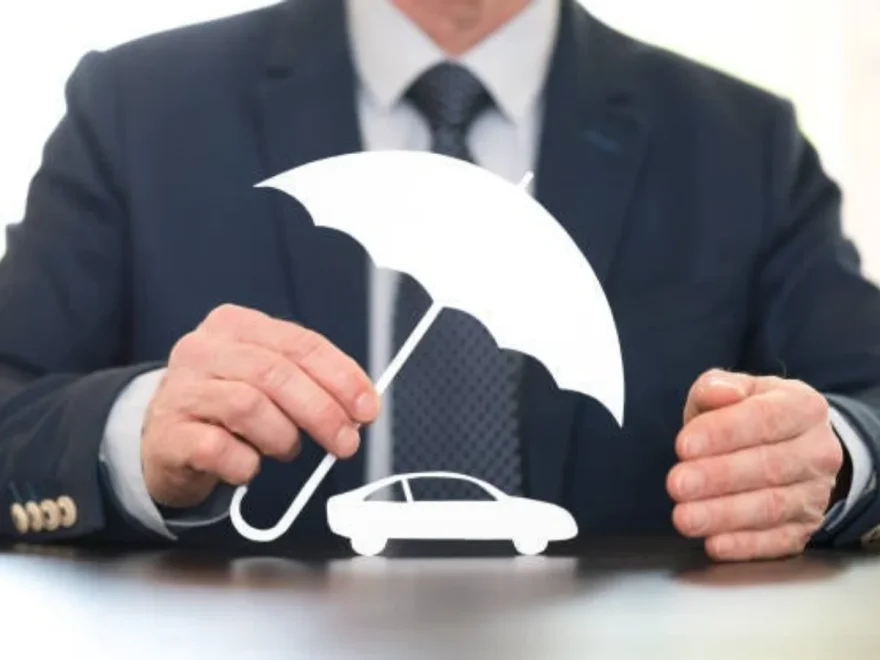Introduction
Accidents are stressful, and the last thing you want to worry about is how it might affect your insurance premiums. State Farm, one of the largest insurance providers in the United States, is known for its customer-friendly policies. In this article, we’ll explore the question, “How much does State Farm raise insurance after an accident?” We aim to provide you with a clear understanding of the factors that influence premium increases.
The Impact of Accidents
- Financial Consequences: Accidents often result in unexpected expenses, including vehicle repairs and medical bills.
- Insurance Premiums: Insurance premiums can increase after an accident, depending on various factors.
- Claims Process: Understanding how claims are processed can shed light on premium changes.
Understanding Insurance Premiums
Before we dive into the specifics of how accidents affect State Farm premiums, it’s essential to grasp the basics of insurance premiums.
1. Insurance Premiums
- Insurance premiums are the regular payments you make to maintain coverage.
2. Premium Factors
- Various factors impact the cost of your premiums, including your driving history.
Factors Influencing Premium Increases
Now, let’s explore the key factors that influence how much State Farm may raise your insurance premiums after an accident.
1. At-Fault vs. Not At-Fault Accidents
- Insurance increases may vary depending on whether you were at fault or not in the accident.
2. Claim Amount
- The cost of the claim plays a significant role in premium increases.
3. Driving History
- Your driving record, including any previous accidents or traffic violations, is considered.
4. State Regulations
- Premium increases can also be influenced by state insurance regulations.
How Much Can You Expect Your Premiums to Increase?
The extent of premium increases can vary based on the specific circumstances of your accident and policy.
1. Typical Range
- Premium increases typically range from 20% to 40% after an at-fault accident.
2. Individual Assessment
- The impact on your premiums is individually assessed, and your agent can provide details specific to your situation.
Conclusion
While accidents can result in increased insurance premiums, it’s essential to note that the degree of increase varies depending on several factors. Understanding these factors and being prepared for potential changes can help you navigate the post-accident process with State Farm insurance.
FAQs
1. How long will an accident affect my insurance premiums with State Farm?
Accidents can typically affect your premiums for three to five years, but the impact decreases over time.
2. Does State Farm offer accident forgiveness?
Yes, State Farm offers accident forgiveness in some states, which can prevent your rates from increasing after your first at-fault accident.
3. Can I take any steps to lower my premium increase after an accident?
Maintaining a clean driving record and completing a defensive driving course can help mitigate premium increases.
4. Will my rates increase if the accident was not my fault?
Your rates may not increase if you were not at fault, or the increase may be minimal. It’s important to discuss the specifics with your State Farm agent.
5. Can I switch insurance providers to avoid premium increases after an accident?
You can switch providers, but it’s important to consider the overall costs, coverage, and benefits of a new policy before making a decision.
Read More: https://kohlscom-activate.com/
More Related:
Does State Farm Insurance Cover Termite Damage?
Does State Farm Charge a Fee for Monthly Payments?
Does Homeowners Insurance Cover Tree Root Damage to Neighbor’s Property?
How Does State Farm Pay Roof Claims for Roof Damage?
State Farm Roof Replacement Policy: What You Need to Know
Will State Farm Pay for Tree Removal: Understanding Your Coverage
State Farm Fire and Casualty Surety Bond: What You Need to Know

